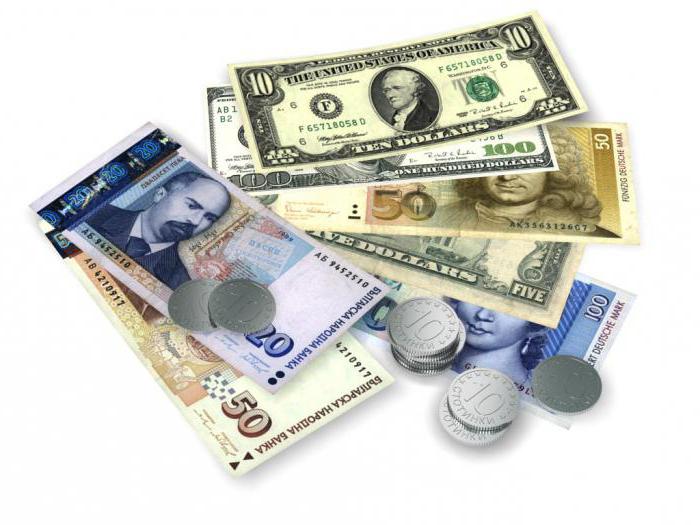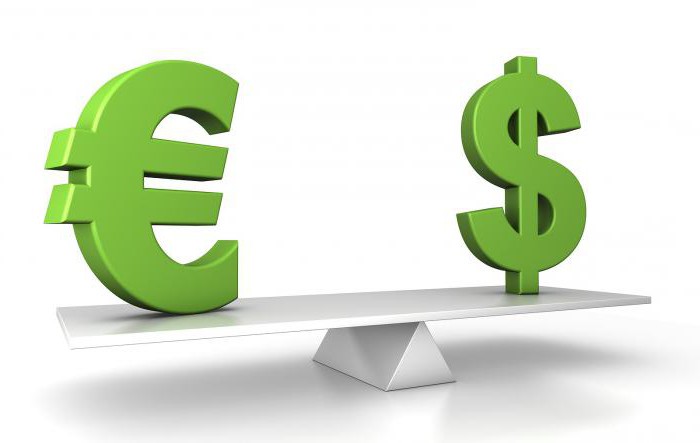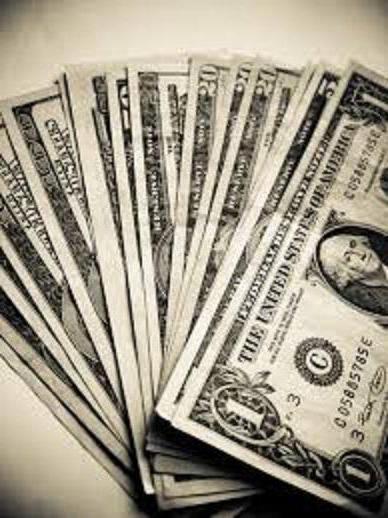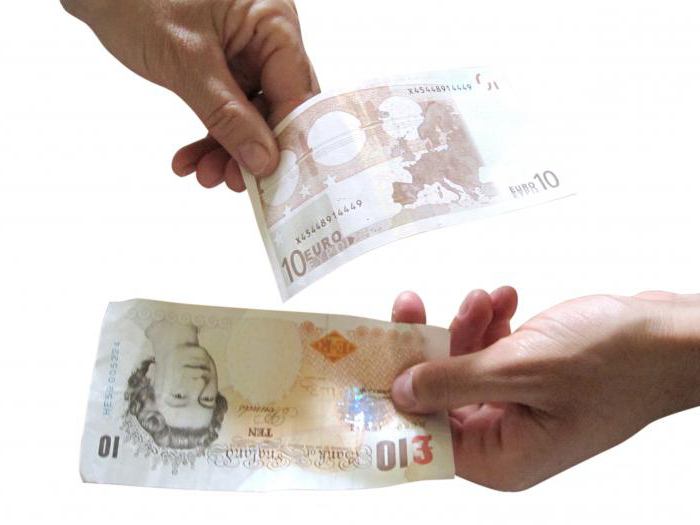Currencies are quoted in pairs, for example, the designation USD / EUR is a dollar / euro quote. Using this quote, the currency value is determined in comparison with the other specified in the pair. The first monetary unit of the pair is the name of the base currency, and the second is quoted. A currency pair displays how much a quoted unit is needed to buy one base.

What does it look like in a trade?
For example, if USD / EUR is set to USD / EUR = 0.8000, and you are making a deal, it follows that for every 0.80 euro you sell, you get (get) 1USD. If you make a sale, you will receive 0.80 euros for any dollar sold. The inverse value of the quote currency is indicated as EUR / USD = 1.25, which implies that for $ 1.25 it is possible to purchase 1 euro. In other words, the ratio of one denomination to another is so designated.
What is a quote?
Quotation currencies are the second currency units quoted in the currency pair. In direct quotation, this value is expressed in a foreign denomination. In an indirect quote, the quote currency is written in national money.

Understanding quotes and currency pricing structures is important for those who want to trade Forex. If you look at a chart of currency quotes, for example, for a CAD / USD pair, it reads as follows - the US dollar will be the quotation unit, and the Canadian dollar will be the base value.
Basic understanding
The main monetary denominations, which are usually shown as the quote currency, include the US dollar, the British pound, the euro, the Japanese yen, the Swiss franc and the Canadian dollar.

A currency pair is a reflection of the value and price structure of monetary units sold and bought on the foreign exchange market: the value of each of them is determined in comparison with the others. The first unit in the pair is called the “base currency”, the second is denoted by the “quote currency”. Each pair provides information on how much quote currency is needed to purchase a base unit.
All monetary transactions involve the acquisition of one currency and the sale of another at the same time, but the currency pair itself can be considered as a single whole - an instrument that is bought or sold. If you buy such a pair, you acquire the base unit and sell the face value of the quote. A bid (purchase price) indicates how much quote currency you will need to purchase one base unit. On the other hand, when you sell a currency pair, you implement the base unit and get the face value of the quote. Demand (sales value) for a currency pair indicates how much you will receive in the currency quotes for the implementation of one base unit.

For example, if the pair USD / EUR is quoted in the form of the ratio USD / EUR = 1.5 and you make the purchase of the specified pair, it follows that for each of the 1.5 euros you sell, you can get $ 1. If you sold such a pair, you will receive 1.5 euros for $ 1, which you alienate. The inverse ratio is indicated as EUR / USD, and the cost will be written as EUR / USD = 0.667, which implies that for $ 0.667 you can buy 1 euro.
Base currency
In the financial market, all monetary units are indicated as financial pairs. The base currency is also called the unit of transaction - this is the first value displayed in the pair, and then the second part of the quote, which is called the quote currency or counter currency, is indicated.For more efficient accounting, any company can use the base unit both in the form of national money and in the face value in which assets are kept. This will help to most correctly analyze the totality of all profits and losses.

How are the various denominations indicated?
The abbreviations used for currencies were developed by the International Organization for Standardization (ISO). These codes are provided in ISO 4217. Money pairs that use these codes are displayed as a three-letter name. The financial units that make up the corresponding pair are sometimes separated by a slash. A slash can be omitted or replaced with a period, dash, or space icon (this is how currency quotes are indicated in banks, which can be seen on the information board). Sometimes their indication is allowed together, without any badges between them.
Key international codes include USD for the US dollar, EUR for the euro, JPY for the Japanese yen, GBP for the British pound, AUD for the Australian dollar, CAD for the Canadian dollar, and CHF for the Swiss franc. The monetary unit of Russia in the international market is designated as RUB. Real-time currency quotes can be seen on various charts used at Forex, as well as in information sources of national banks.
Often you can meet currency pairs containing the US dollar, but at the same time it does not appear as the basic unit. For example, the quote NZD / USD offers the New Zealand dollar as its main currency, and USD as the face value of the quote. In other words, the pair represents the currency, which is indicated in dollars per unit, and not in units per dollar.
Most often on Forex you can find the following quotes of this type: EUR / USD, GBP / USD (pound and American dollar), AUD / USD (Australian and US dollars).

Currency Rates and Quotes
The value of each national currency is determined in terms of another unit. The exchange rate consists of two parameters - national and foreign units, which can also be indicated directly or indirectly. In a direct quote, the unit price of foreign money is expressed in terms of national. In an indirect quote, the price of national money is expressed in foreign equivalent. An exchange rate that does not include the national currency as an integral pair is designated as the cross rate. Real-time currency quotes are of great importance, since the value of each of them is constantly changing.
Most exchange rates use the American dollar as the base value, and other denominations as the counter currency. Nevertheless, there are a few exceptions to this rule, including the euro and some units of other countries (British pound, New Zealand and Australian dollars).
How is the rate calculated?
Foreign exchange rates for most major denominations are usually expressed in rounding to four decimal places. For quotes in which the Japanese yen is included, an exception has been developed - its denomination is rounded to two characters. MICEX currency quotes may be rounded somewhat differently.
So, $ 1 = C $ 1.1050. At the same time, the base currency is the American dollar, and the Canadian dollar is the counter currency. In Canada, the indicated exchange rate will be endowed with a direct quote of the Canadian dollar. You can deal with this intuitively, since the prices of goods in Canada are formed in Canadian dollars; for this reason, the value of the American dollar in this designation is an example of a direct quote for a resident of Canada.
C $ 1 = US $ 0.9050 = 90.50 US cents. At the same time, since the main currency is the Canadian dollar, and the counter currency is the US dollar, this means an indirect quotation of the Canadian dollar in Canada.
If $ 1 = 105 yen and US $ 1 = C $ 1.1050, then it follows that 1.1050 C $ = JPY 105, as well as the value C $ 1 = JPY 95.02.For a trader making transactions in Europe, the exchange rate of the yen and the Canadian dollar acts as a cross rate, since none of the currencies is national.
Forex quotes
As the US dollar dominates the global financial markets, the conventions define certain rules regarding direct quotes. As a rule, the dollar is quoted as the base unit, while other denominations - the Canadian dollar, the yen and the Indian rupee act as counter-currencies. As exceptions, the euro, the British pound, the New Zealand and Australian dollars are considered, which are usually indicated in an indirect record (for example, GBP = 1 USD 1.50).
In a direct quote, a low exchange rate means that the national currency is highly valued or becomes more expensive, while the price of a foreign unit falls. On the other hand, for an indirect quote, a declining exchange rate means that the country's currency is depreciating or becoming weaker, since it costs less foreign equivalent.








